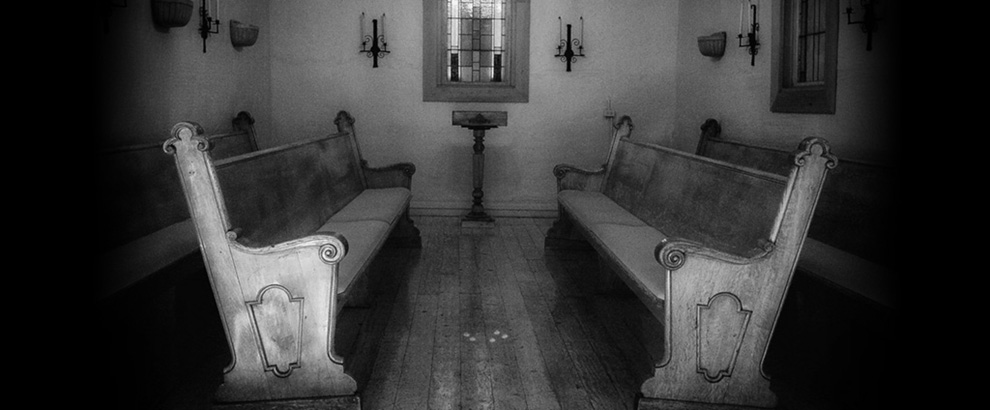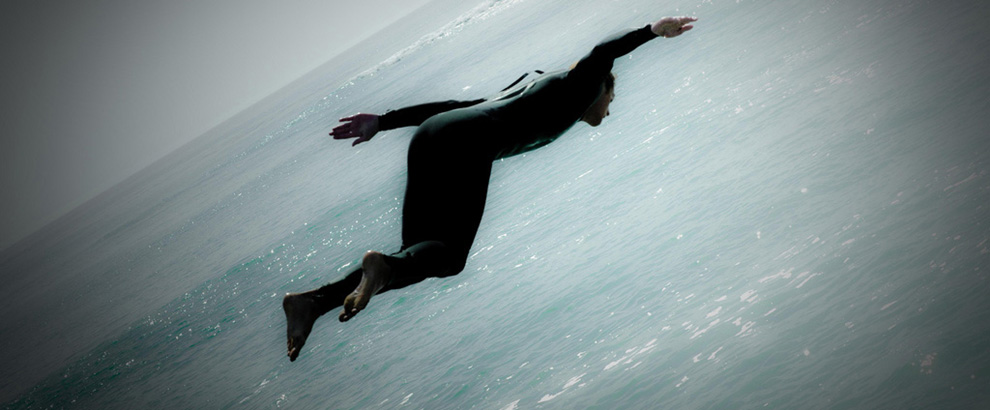
Some people are just born for the camera and stage and storytelling. Robbie Robertson was 16 years old and a high school dropout (not because he was a ne’er-do-well stoner, but because he had a serious jones for music-making) when he sold one of his guitars to finance a train ticket from his native Toronto to Arkansas, where he joined up to become one of the “Hawks” backing noted rock & roller Ronnie Hawkins.
Hawkins had first noticed Robertson playing locally when Hawkins toured in Canada, then invited him to come explore the possibilities of joining up with him in Arkansas. Robertson wound up writing two songs that Hawkins used, launching the teen on a songwriting and guitar-playing mission that has served him well over his subsequent 60-year career.
Most prominent was his role as lead guitarist for The Band, the members of whom met and then broke off from Hawkins in 1964 and agreed to back up none other than Bob Dylan as he shook the folk world to its very foundations when he went electronic a year later.
The Band soon emerged from Dylan’s shadow to become arguably one of the top ensembles in rock history.
Robertson picks his way through the minefield of memories that mix the joys of nearly unparalleled creativity and brotherhood with the all-too-common sordidness of drug abuse that he strongly suggests affected his bandmates to a debilitating degree,
In the just released documentary, “Once Were Brothers: Robbie Robertson and The Band,” Robertson seems to pick up right where he left off in Martin Scorsese’s seminal 1978 rock-doc classic, “The Last Waltz.” Scorsese’s was a kind of love letter that documented in rich and memorable detail The Band’s final, we’re-breaking-up concert at Bill Graham’s Winterland Ballroom in San Francisco.
It seemed nearly every musical icon of the era—Dylan, Joni, Van the Man, Clapton, Neil Young, Ringo, Ronnie Wood, Dr. John, Muddy Waters, Paul Butterfield, Neil Diamond, The Staple Singers—made an appearance in honor of the group. (Everyone but Beethoven and Mozart, but they were, after all, the wrong genre and had been dead for a while…)
With all that firepower on stage in “The Last Waltz,” it was Robertson—tall, angular and devastatingly handsome, with his turned-up open shirt collar showing him front and center bathed in sweat, wailing on his guitar and having the time of his life all evening long—who most stood out. And he knew it, as did Scorsese, who recognized Robertson’s role as the prime narrator and front man for his less chatty and PR-savvy bandmates.
***

Helm, Hudson, Robertson, Danko, Manuel, in their heyday…
***
And now it is more than four decades later, and Robertson, no longer angular but as voluble and comfy as ever in the storyteller’s chair, is holding court with his take on the magic, the wonder, and the pathos of The Band.
Sadly, three of its five members—Levon Helm, Richard Manuel, Rick Danko—are now dead. The fourth, organist Garth Hudson, lives reclusively in Woodstock, and notably, does not make an appearance among the talking heads interviewed in 26-year-old director Daniel Roher’s rich-but-flawed work.
Roher calls the film a “spiritual adaptation” of Robertson’s well-received 2016 memoir, “Testimony,” and unsurprisingly, he about jumped out of his shoes at the opportunity Robertson afforded him to tell the rock icon’s tale. In a three-minute interview discussing the film, Roher says three times, “He saw something in me” to explain Robertson’s handing him the project, throwing in an “I’m humbled” and “I’m grateful” just to drive home the point.

Robertson more recently
So make no mistake, this is Robertson’s story from first moment to last, told from his perspective. He uses it to artfully express the love, compassion and appreciation he maintains even today for his band “brothers,” even as he (and Roher, who might have pushed the point but didn’t) skip very lightly over the enmity and bitterness that accompanied the band’s breakup and its aftermath.
Robertson picks his way through the minefield of memories that mix the joys of nearly unparalleled creativity and brotherhood with the all-too-common sordidness of drug abuse that he strongly suggests affected his bandmates to a debilitating degree, finally leading to the group’s breakup. Acting as ballast for him was the fact that he was the only married band member, soon becoming the only parent as well (ultimately to three children).
His wife Dominique Bourgeois serves as a reliable witness to it all, getting plentiful camera time in the film as an even-tempered, stabilizing force in her husband’s and the band’s life. Her heart went out to Robertson’s addicted bandmates to such a degree that she went on to craft her own career as an addiction counselor.
What the film inexplicably leaves out is any mention that far from the impression left of this longtime stable relationship lasting into their now old ages (Robertson is 76), the couple has been divorced for “decades.” That’s the closest I could come to a precise number after a fairly intensive Internet search.
This is not the film’s only oversight.
Robertson spends plentiful time mining the addiction and identity troubles bedeviling drummer and lead singer Levon Helm and then relates how he made it to Helm’s deathbed only to find him unconscious and unresponsive in his last hours, dying from throat cancer. What gets zero notice until the end credits show their photos and birth/death dates, are the equally troubled Richard Manuel (suicide in his hotel room at age 43 in 1986 while on tour), and Rick Danko (congestive heart failure at age 55 in 1999).
And as mentioned above, Garth Hudson is not heard from in the film, and Robertson mentions no continuing relationship (or lack thereof) with him.
Also left out: The Band’s last concert was not actually “The Last Waltz.” The group reconstituted in 1983 with the same name but the gaping hole of Robertson’s absence. The foursome then toured intermittently (though mostly off widespread radar) until Manuel’s suicide drove the final spike into its heart three years later.
These facts all made for slightly jarring post-film ruminations among the foursome I saw the film with last night, even amidst the lovely memory-mongering that the first-rate music and performance footage engendered through its 102-minute running time.
What remains unresolved still, despite Robertson’s generous praise of his bandmates’ musicianship and very souls, is the seeming shoulder-shrug he gives their troubles and estrangement from him, which he seems to regard as their problem rather than his as well. This, from a perhaps more revealing than intended online interview in January:
“I never had an issue with Levon. He had his own issues, and most of his issues were with himself. Sometimes he turned it on Rick, sometimes he turned it on Richard or Garth, and sometimes, later on—by that I mean ten or fifteen years after The Band wasn’t together any more – he turned it on me. And I wasn’t surprised by that. I never even responded to it, because I knew Levon and the trip that he was on. He was having a tough time, and he blamed me. He was so great at playing and singing, but he wasn’t great at taking responsibility for stuff. It was his thing, and I didn’t really play a part in it, other than the fact that he pointed those arrows at me.”
Helm’s complaint was that as time went on, Robertson seemed to be taking the lion’s share of the credit (and royalties) as the chief songwriter on most of their material, but it was the collective that made The Band what it was.
Star that Robertson obviously was and remains, the also prodigiously talented Helm would seem to have at least a contestable point on his own and the others’ behalf, which he reflected upon bitterly in his own 1993 memoir, “This Wheel’s on Fire: Levon Helm and the Story of The Band.” For Robertson to casually dismiss it as just Helm’s “thing” is perhaps not as generous as Robertson elsewhere seems to want to be in holding fast to the love he had for his “brothers.”

That aside, “Once Were Brothers” is but the latest installment on the hoped-for marketing gold that various documentary filmmakers are looking to cash in on in appealing to aged baby boomers reliving their youth in theaters across the land. “Woodstock” and “The Last Waltz” were still contemporaneous with the events they chronicled when they appeared in the 1970s, but more recently, “Muscle Shoals,” “The Sound of My Voice” (Linda Ronstadt), “Remember My Name“ (David Crosby) and others have been drawing mostly gray-haired crowds listening to equally aged rockers viewing their younger selves and then turning to the camera to intone: “After so-and-so & the such & such that we did, everything changed, and rock & roll was never the same.”
And so it wasn’t in the face of Robbie Robertson and The Band, either. The thousands of photos and many minutes of archival footage and knowing testimony from rock stalwarts in this highly enjoyable celebration/lamentation stand as proof enough of the essential truth that everyone contributes and in the end, nothing remains but archives and memory.
And that those with the sharpest memories and a microphone or laptop in front of them are privileged indeed to be able to share their versions of the remarkable stories they lived and beheld.
***
Oh jeez, how about a bonus here—seems cruel to leave it out! (Yes, they were all “released.”)
***
Check out this blog’s public page on Facebook for 1-minute snippets of wisdom and other musings from the world’s great thinkers and artists, accompanied by lovely photography.
http://www.facebook.com/TraversingBlog
Deep appreciation to the photographers! Unless otherwise stated, some rights reserved under Creative Commons licensing.
Elizabeth Haslam, whose photos (except for the books) grace the rotating banner at top of page.
https://www.flickr.com/photos/lizhaslam/
Library books photo by Larry Rose, all rights reserved, contact: larry@rosefoto.com
Early band photo from Sharp magazine
Contemporary Robertson photo by Don Dixon















Oh, my did I love The Band. Thanks for bringing them forward, Andrew and for the heads-up on this new documentary. At last count I saw The Last Waltz 6 times, enjoying it immensely each time. As a college basketball coach I shared it with my team on their final road trip together ( in Chadron, Nebraska, no less). This team was an especially tight-knit group for whom I had great fondness (the 25 win season helped, no doubt). I wanted them to cherish their Last Waltz together and explained the backstory of the film about the band and its members; and their long, tough climb on the road. Of course, as you and fellow blog followers know, The Band knew it was time to wrap it up and so, with Scorcese filming it, they dedicated their final “game” to all those great artists along the road, and called it The Last Waltz. While the guys on my team were far too young to know much about the rockers on stage, they did seem to embrace the notion of a band of brothers playing together one last time. At any rate, I look forward to this latest piece on a remarkable group of artists and interesting men. Many thanks for this post.
Great story, Jay! Stroke of motivational coaching genius for you to think of it. I am betting your players recall it in their own gatherings & conversations today: “Remember the time Coach showed us that movie?”
Thanks Drew – I always loved The Band – Last Waltz (along w/Stop Making Sense – Talking Heads) is my favorite concert film. I also very much enjoyed Robbie Robertson’s autobiography so this movie sounds right up my ally, look forward to taking it in! For Traversing readers like Jay who also loved The Band here’s a video celebrating the 50th anniversary of RR’s beloved song, The Weight. I have no idea how they are able to splice in all these remarkable players from around the world, Ringo filling in for Levon on drums — it is a joy — see: https://www.youtube.com/watch?v=ph1GU1qQ1zQ .
A joy indeed, Kevin! This is where modern technology & media really shine—as does the ability of the person(s) who figured out how to mix this thing—tremendoso! Thanks for calling it to our attention.
And a confession: I have yet to see “Stop Making Sense.” Been on the list forever. Better get to it, though, cuz the list seems to be getting longer and the time shorter! :-)